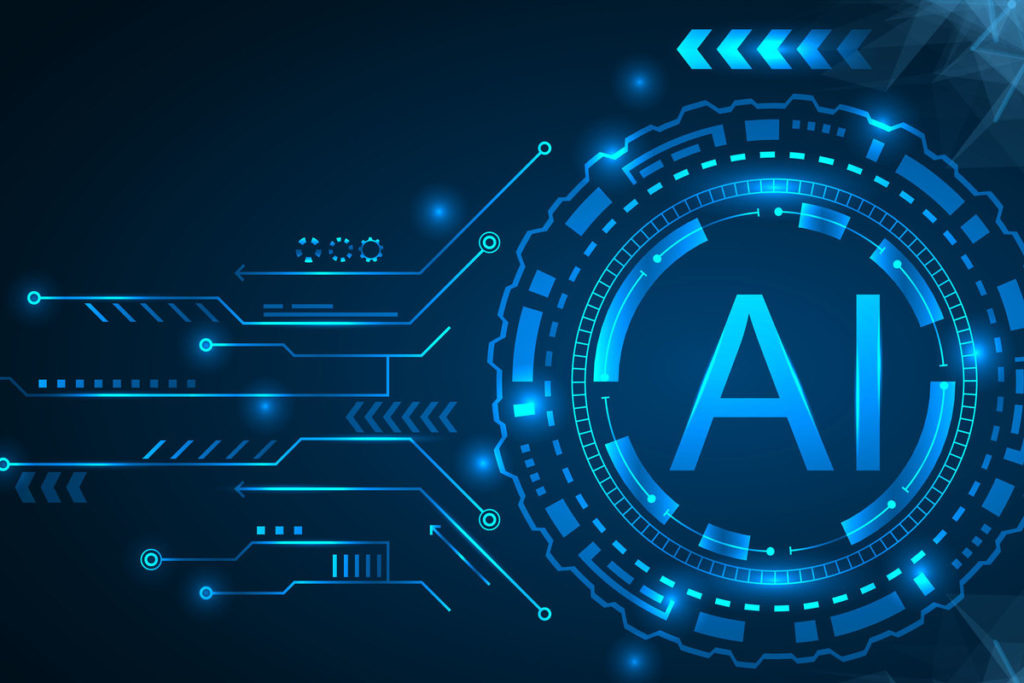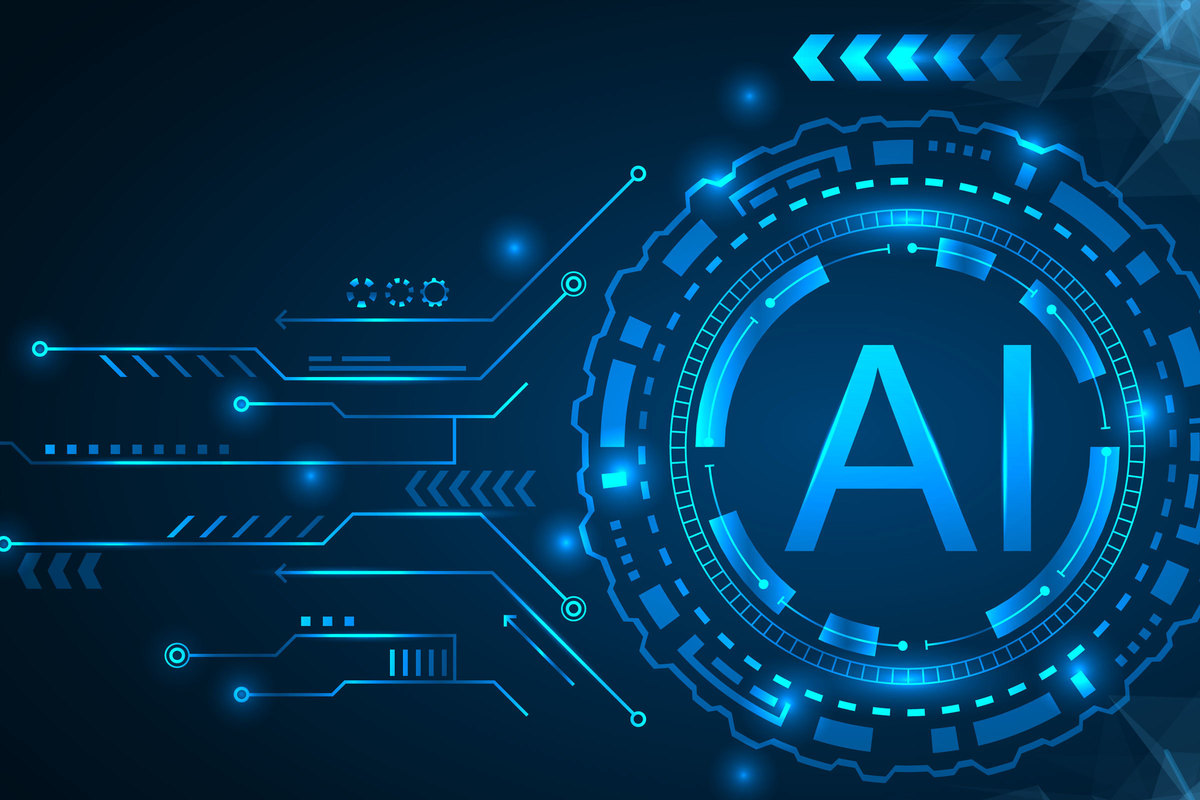
Artificial Intelligence (AI) is the science and engineering of making intelligent machines, especially intelligent computer programs (1). AI in itself is a vast field covering a number of concepts one of which is Machine learning. Machine learning is essentially when a machine is taught to learn from historical examples and known patterns (2) which are fed into the machine/software by the programmer, however the output produced by the machine is independent of the programmer.
Machine learning comes under the category of software patenting, the very subject matter of patent which is controversial. A Software consists of a set of rules termed as “codes”, the writing of which provides more flexibility in developing and launching a software. As a result, there is a rapid growth and participation by tech giants in developing a software with machine learning ability which gives them an economic/financial edge over its competitors (3). Initially, the patentable subject matter was usually attached to the physical object i.e. primarily the hardware. Software related inventions were rejected from being patentable on the grounds that they merely perform a mechanical function rather than being inventive themselves (4). This argument would be true for machines which were merely used as a tool in completion of a task vis-à-vis a machine which is itself performing the task i.e. when machine is in a position to create or invent a product, independent of human intervention. To narrow down the understanding of software protection, let’s analyze the law in India.
Under the Indian Patent Law, along with the characteristics of; novelty, an inventive step, and capability of industrial application, an invention must not fall under the any of the categories as provided under Section 3 of the Indian Patent Act, 1970. For the purpose of this article the relevant section is Section 3 (k) which reads as follows:
“3. The following are not inventions within the meaning of this Act,—
(k). a mathematical or business method or a computer programme per se or algorithms;”
Computer programme – means a “set of instructions expressed in words, codes, schemes or in any other form, including a machine readable medium, capable of causing a computer to perform a particular task or achieve a particular result;”(5) This definition implies a computer program being a software. Further, codes as used to create a program for machine learning, makes use of certain algorithms to create the specific patterns for the machine to learn from. Now, by the bare reading of the Indian patent act, it may seem that computers with Artificial intelligence will be denied patentability.
However, the 2017 guidelines by the Intellectual Property India (6), have provided explanation on how Computer related inventions (CRIs) should be treated and have explicitly mentioned that, CRIs should not be rejected patent protection if they are inventions. This can be explained by understanding the following concepts:
- Form .v. Substance: One of the principles of patent protection is to examine an invention as a whole and in its substance for which the invention is claimed i.e. the focus should be on the underlying substance and not the form in which it is expressed. ‘Form’ includes; method/process, apparatus/system/device, computer program product/ computer readable medium. When patent is claimed merely on the form i.e. merely on the method or apparatus or device then it may be rejected (in case of CRIs). However, if this form is just ancillary to the actual invention then the patent can be granted.
- Computer program “per se”: “Per se” is to highlight that softwares “per se”- “by itself” singlehandedly will not be granted protection. The computer software along with a product or process and which is for the technical advancement as exhibited by the claimed invention, taken as a whole can be granted patent protection.
- In Elefonaktiebolaget LM Ericsson .v. Intex Technologies (India) Limited, the Delhi High Court held that, it appears “ Prima facie that any invention which has a technical contribution or has a technical effect and it not merely a computer program per se….the same is patentable”
This shows that, computer programmes/softwares are not per se denied protection if it is shown that the underlying substance is an invention and that such invention provides for technical advancement. While it may seem that the Indian Patent regime is less rigid in granting software related patents the problem may arise in specifying the underlying substance as an invention because the guidelines are vague as to what it means by the underlying substance? Because when we are dealing with a computer-programme especially in relation to AI, the essence lies in the structure of algorithm developed. In order to support AI inventions, these guidelines can be construed to mean that if the algorithm along with the output produced must be an invention and provide for technical advancement, then and only then will the invention as whole will be patented. For example: A program that could detect the chances of inefficacy of a certain drug or chances of it causing harm (if certain requirement are not fulfilled) due to the amount of metabolites in the patient’s blood. Here if patent is sought only over the way the algorithm to achieve the desired result is protected then according to the present legal system patent would not be granted. However if patent is claimed over the algorithm along with the product which gives out the results as a whole that can be patented. (7)

